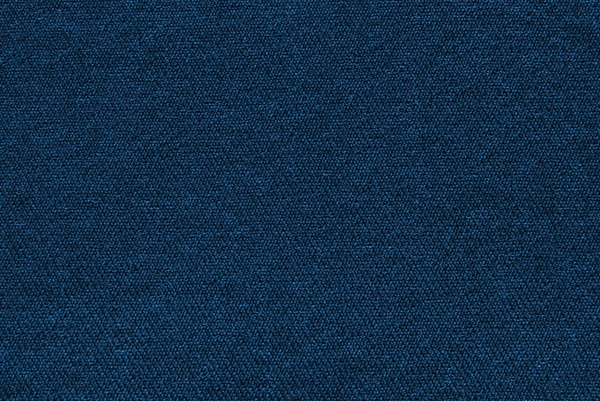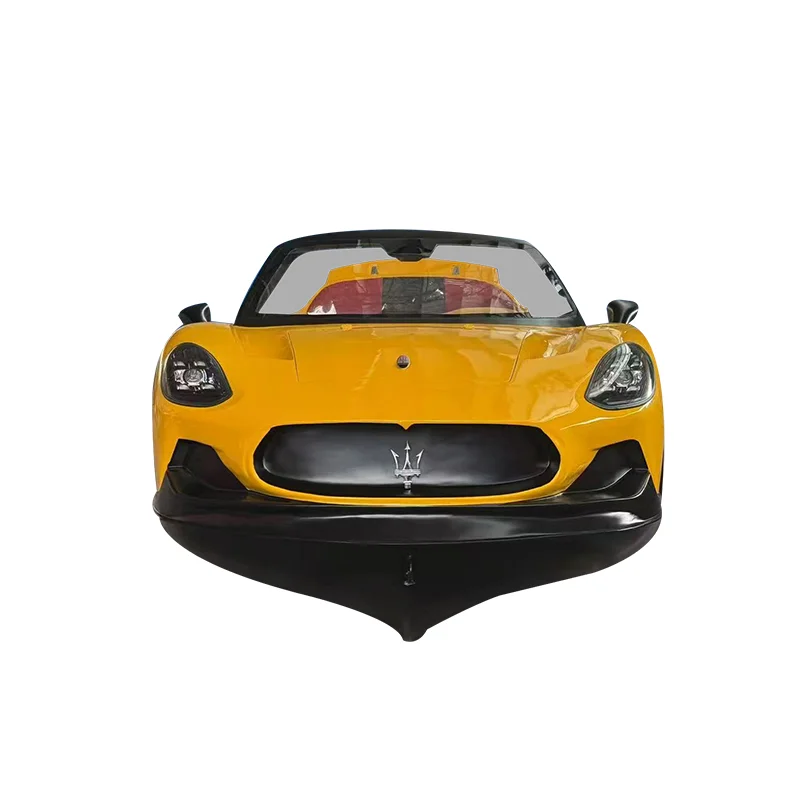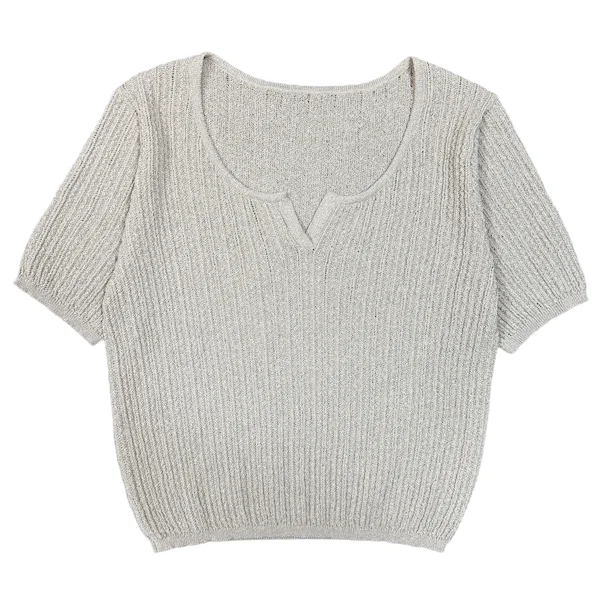In the realm of textile fibers, viscose and polyester stand as two prominent contenders. While both are widely used in the fashion and textile industries, they possess distinct characteristics that set them apart. Understanding the differences between viscose and polyester is crucial for making informed decisions when it comes to fabric choices. In this article, we delve into the intricacies of these fibers, exploring their composition, properties, and applications.
- Composition:
Viscose, also known as rayon, is a semi-synthetic fiber derived from cellulose. It is produced by treating wood pulp or cotton fibers with chemicals to create a viscous solution, which is then extruded into filaments and spun into yarns. On the other hand, polyester is a fully synthetic fiber made from petroleum-based polymers. It is created through a process called polymerization, where monomers are chemically combined to form long chains of polyester fibers. - Properties:
Viscose exhibits excellent breathability and moisture absorption, making it a popular choice for lightweight and breathable fabrics. It has a soft and smooth texture, resembling natural fibers like cotton or silk. However, viscose is prone to shrinkage and loses strength when wet. Polyester, on the contrary, is highly durable and resistant to stretching, shrinking, and wrinkles. It has low moisture absorption, which contributes to its quick-drying properties. Polyester fabrics are known for their resilience and ability to retain their shape even after multiple washes. - Comfort and Versatility:
When it comes to comfort, viscose takes the lead due to its breathability and moisture-wicking properties. It is often used in the production of summer clothing, such as dresses, blouses, and lightweight tops. Polyester, on the other hand, is favored for its versatility and durability. It is commonly found in sportswear, outdoor gear, and upholstery due to its resistance to wear and tear. Additionally, polyester blends are frequently used to enhance the strength and durability of other fabrics. - Environmental Impact:
In terms of sustainability, viscose has an edge over polyester. While both fibers have their environmental drawbacks, viscose is considered more eco-friendly as it is derived from renewable sources. However, the production of viscose involves the use of chemicals, which can have negative impacts on water and air quality if not properly managed. Polyester, being a petroleum-based synthetic fiber, is non-biodegradable and contributes to microplastic pollution. Nevertheless, advancements in recycling technologies have made it possible to create recycled polyester, reducing its environmental footprint.
Conclusion:
In conclusion, the distinction between viscose and polyester lies in their composition, properties, and applications. Viscose offers breathability and comfort, making it suitable for lightweight clothing, while polyester excels in durability and versatility, making it ideal for sportswear and outdoor gear. Understanding these differences allows consumers to make informed choices based on their specific needs and preferences. As the fashion and textile industries continue to evolve, it is essential to consider the environmental impact of these fibers and explore sustainable alternatives for a greener future.




